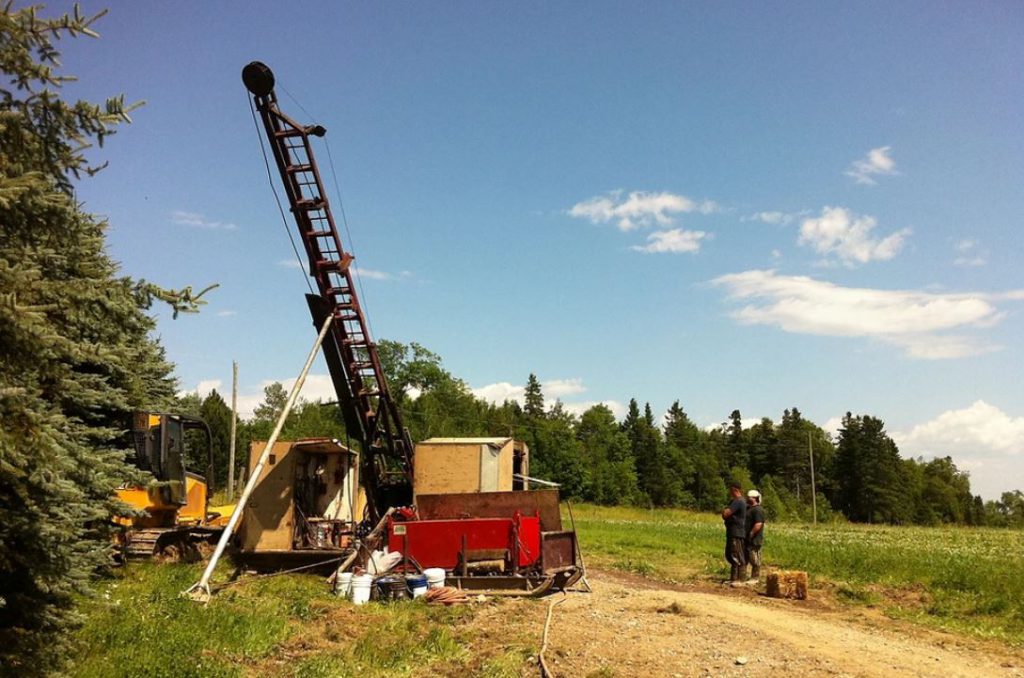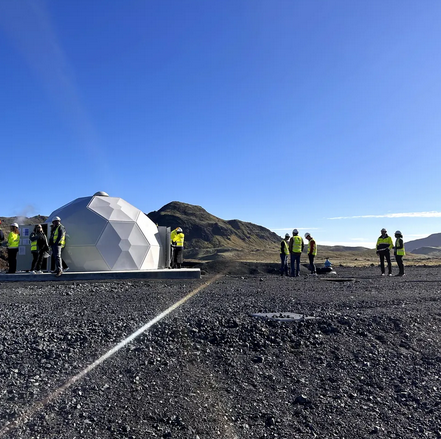US mines produced an estimated $74.6 billion in minerals last year

United States mines in 2016 produced an estimated $74.6 billion of raw mineral materials, a slight increase from 2015, the U.S. Geological Survey announced Tuesday.
The information comes from the 40th annual Mineral Commodity Summaries report, the earliest comprehensive source of 2016 mineral production data for the world. It includes statistics on more than 88 mineral commodities that are important to the U.S. economy and national security. The report identifies events, trends and issues in the domestic and international minerals industries.
“The Mineral Commodity Summaries provide crucial, unbiased statistics that decision makers and policy makers, in both the private and public sectors, rely on to make business decisions and national policy,” said Steven M. Fortier, Director of the USGS National Minerals Information Center. “Industries – such as steel, aerospace and electronics – processed non-fuel mineral materials and created an estimated $2.8 trillion in value added products in 2016, which contributed 15 percent to the total U.S. Gross Domestic Product.”
One key finding from the report is during 2016, the U.S. was 100 percent import reliant on 20 mineral commodities, including rare earths, manganese and niobium, which are among a suite of materials often designated as “critical” or “strategic” because they are essential to the economy and their supply may be disrupted. This number has increased from just 11 commodities in 1984.
Some other significant findings in the new report on domestic mineral production include:
- Rare Earths: The suspension of U.S. rare-earth mining in late 2015 resulted in a significant decline in domestic exports of rare-earth compounds in 2016. U.S. imports of rare-earth compounds and metals increased by 6 percent compared with those in 2015.
- Aluminum: U.S. production of primary aluminum decreased for the fourth consecutive year, declining by about 47 percent in 2016 to the lowest level since 1951. During the year, three primary smelters were shut down reducing production capacity by more than 700,000 metric tons per year. U.S. imports of aluminum (crude and semi-manufactures) increased by 18 percent in 2016.
- Iron Ore: U.S. iron ore production decreased by 11 percent in 2016. Six iron ore mines in the United States had either been idled, reduced production, or closed permanently. Steel produced from basic oxygen furnaces, which consume iron ore, declined in 2016.
- Diamond (industrial): The United States is likely to continue as one of the world’s leading markets for industrial diamond into the next decade and will probably remain a significant producer and exporter of synthetic industrial diamond as well. National demand for industrial diamond is likely to be strong in the construction sector as the United States continues building, milling and repairing the country’s highway system.
- Salt: The 2015–16 winter was warmer than average for the first time in several years, and the amount of frozen precipitation and the number of winter weather events was below average in many parts of the United States, requiring less salt for highway de-icing. Rock salt production and imports in 2016 decreased 7 percent and 42 percent, respectively from the levels estimated in 2015 because of decreased demand from many local and State transportation departments.
- Cement: On a year-on-year basis, monthly cement sales in 2016 varied widely and the overall increase for the year was lower than had been expected at yearend 2015. Construction spending levels were moderately higher during the year, however, continued low oil and gas prices significantly limited the amount of oil and gas well drilling. This reduced the consumption of general and oil well cements for this activity, which contributed to lower overall cement sales in a number of States, especially Texas.
The United States produced 13 mineral commodities in 2016 that were worth more than $1 billion each and the estimated value of total U.S. industrial minerals production in 2016 was $51.6 billion, 5 percent more than that of 2015.
Slower growth in consumption for metals – especially in China – and excess production, resulted in low prices in 2015 and early 2016 for most metals. This caused the value of 2016 U.S. metal mine production to drop to $23 billion, a 5 percent loss compared to 2015.
While the report looks at mineral commodities across the nation, eleven states individually produced more than $2 billion worth of nonfuel mineral commodities in 2016. These states were (in descending order of value): Nevada, Arizona, Texas, California, Minnesota, Florida, Alaska, Michigan, Wyoming, Missouri and Utah.
The USGS Mineral Resources Program delivers unbiased science and information to understand mineral resource potential, production, consumption and how minerals interact with the environment. The USGS National Minerals Information Center collects, analyzes, and disseminates current information on the supply of and the demand for minerals and materials in the United States and about 180 other countries. This information is essential in planning for and mitigating impacts of potential disruptions to mineral commodity supply due to both natural hazard and man-made events.
The full report can be found here.
More News
PDAC Video: Blue Lagoon preps for July gold production start in British Columbia
April 11, 2025 | 02:46 pm
Manganese X poised to begin pre-feasibility study at Battery Hill
April 11, 2025 | 02:39 pm
{{ commodity.name }}
{{ post.title }}
{{ post.date }}




Comments